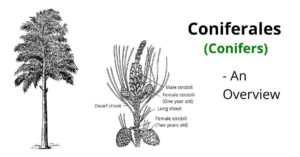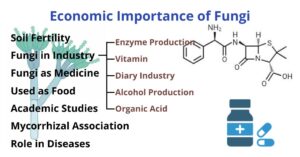
Batrachospermum (Frog Spawn)- Features, Structure, Reproduction & Life Cycle
Batrachospermum is a freshwater filamentous red alga of the family Batrachospermaceae. It is commonly known as frog spawn, as its gelatinous appearance resembles the spawn of a frog. Class: Rhodophyceae…









